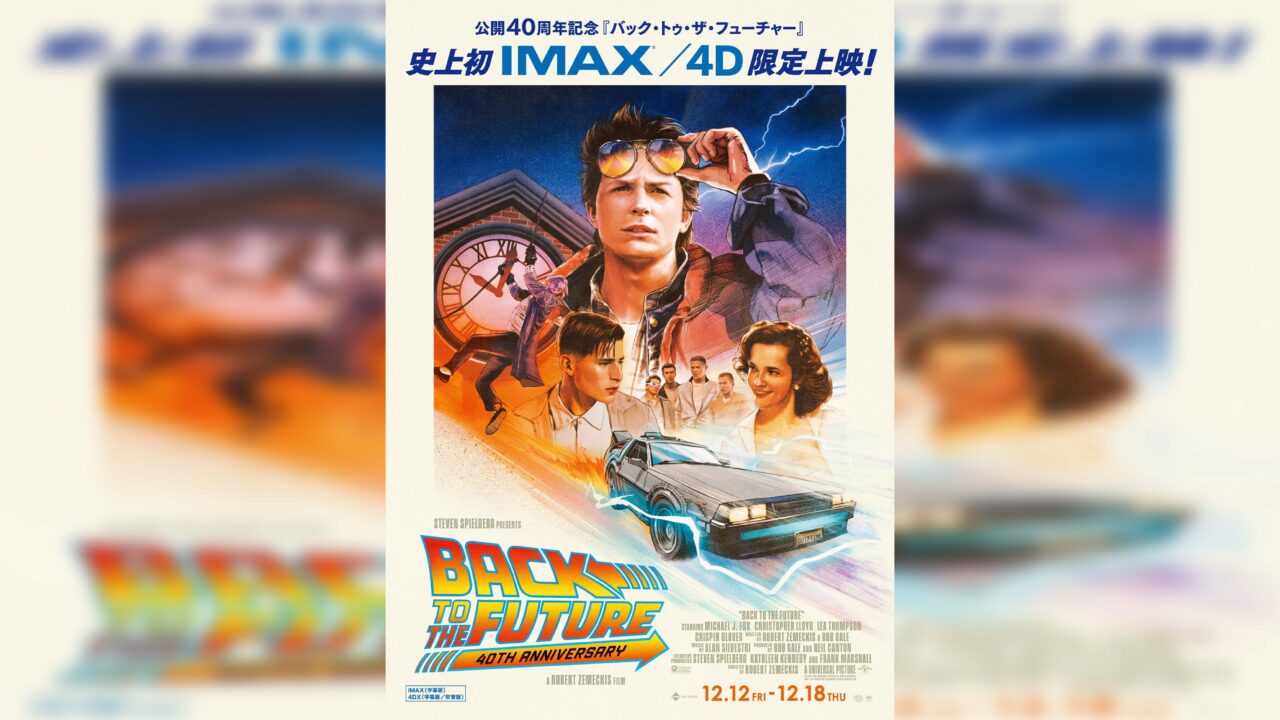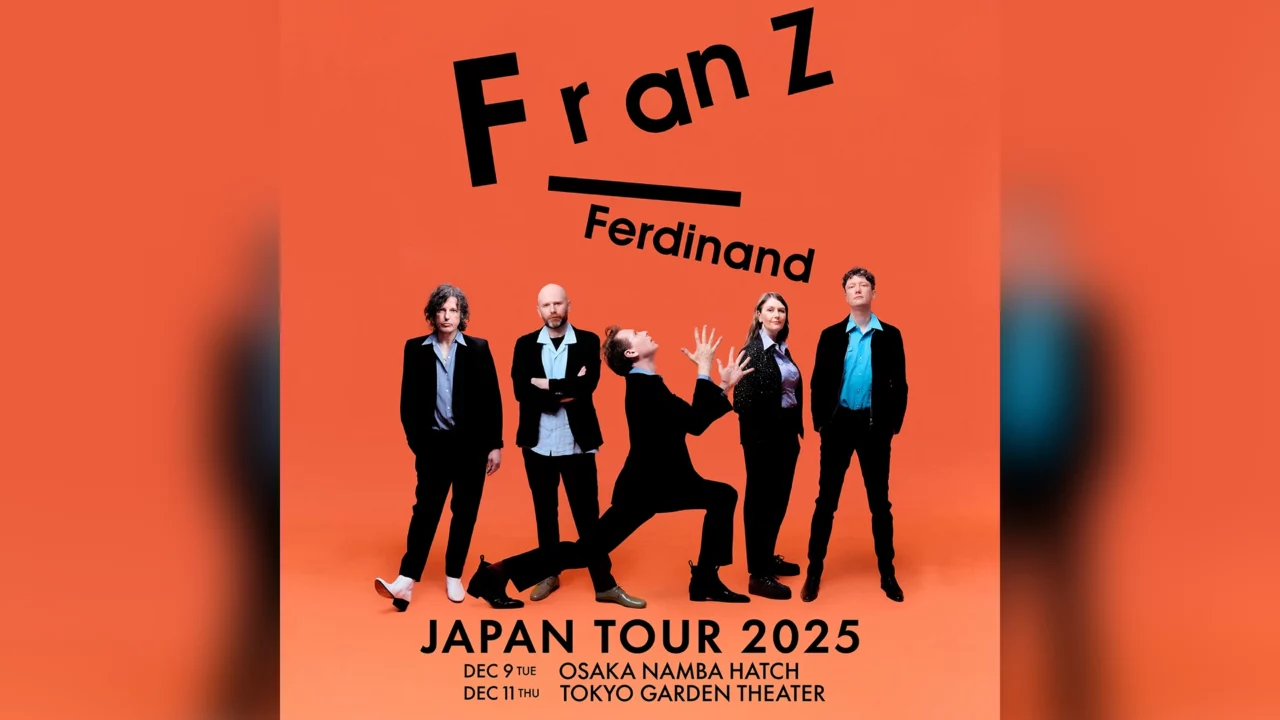INDEX
The Remarkable Quality of ”SUMMER SONIC OSAKA”: Engaging with the History of Expo Memorial Park
On the other hand, this year’s ”SUMMER SONIC OSAKA,” which chose Expo Memorial Park as its venue for the first time, was incredibly stimulating. The event featured four outdoor stages and a club-oriented program in the annex of the ‘EXPO ’70 Pavilion,’ a museum utilizing the former Steel Pavilion from the 1970 Osaka Expo. Attendees of ”SUMMER SONIC OSAKA.” pass through the main building, where Expo-related materials are displayed, before reaching the live venue in the annex. This means that the audience immerses themselves in music after experiencing the history of the Expo. Upon arriving at the annex, they are greeted by a massive golden mask of the ‘Tower of the Sun’ that covers the wall!
Due to time constraints, I could only catch part of the performances by Licaxxx and PAS TASTA, but it was an incredible live experience. The golden mask on display in the annex is the original that adorned the ‘Tower of the Sun’ during the Expo, serving as a significant artifact that represents the history of both the Expo and Expo Memorial Park. Dancing wildly while immersed in the music and looking up at it revives vivid memories of the festive interactions in the “Festival Plaza,” originally envisioned by Kenzo Tange and dramatically reimagined by Taro Okamoto, the theme exhibition director.
The 1970 Osaka Expo, which championed “the progress and harmony of mankind,” is remembered as an event that signified Japan’s entry into a new cultural and economic phase, 25 years after the war. While there were certainly opposition movements and criticisms—such as the “Expo Destruction Coalition,” which included avant-garde groups like Zero Dimension and Yu-Toku Akiyama—the event embodied a power and conviction to encompass the complexities of Japan’s post-war economic growth and democracy, delivering the zeitgeist to future generations.
Additionally, it goes without saying that the 1970 Osaka Expo was marked by a vibrant spirit of experimentation aimed at bridging art, music, and technology. However, it is regrettable that “MUSIC LOVES ART,” which could have emphasized the potential of the expanding “technology” of the 2020s through the use of drones, has, as mentioned earlier, failed to grasp that context.
The sensitivity of ”SUMMER SONIC OSAKA.” to the aura and pathos of its setting highlights the authentic practice of “art and music” in response to the dissonance found in “MUSIC LOVES ART.” The sight of digital-native (perhaps an outdated term?) Generation Z revelers dancing wildly conveyed a vivid sense of the enduring legacy of that history.






















